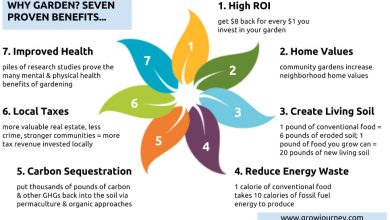Eggplant Pests and Diseases: Complete Guide with Photos
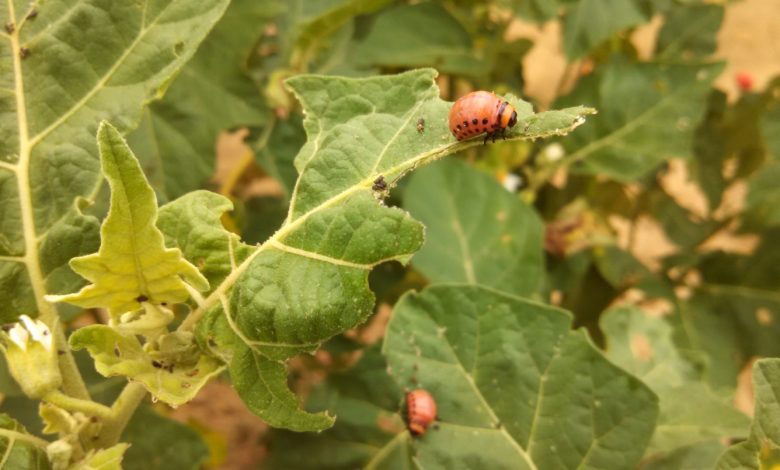
Hello to all Farmers! Continuing with the How to grow Aubergine article, today I bring you a list of the pests and diseases that can affect this vegetable, so that you can identify them in time and that they do not spoil your harvest. Remember that you can click on those in orange to learn more about them.
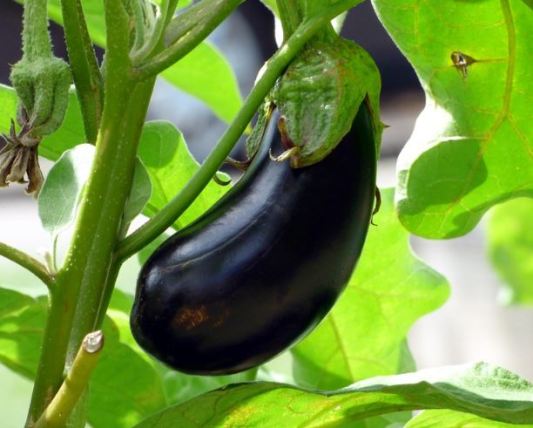
Eggplant Pests
potato beetle
Potato beetle (Leptinotarsa decemlineata): This is a beetle that causes large gnawings on the leaves, from the margin to the nerves, leaving dark droppings in its wake. Its larvae have a soft body, are short and orange in color, they are usually very voracious. The adults are very easy to recognize because they have black longitudinal lines drawn, with a yellowish background.
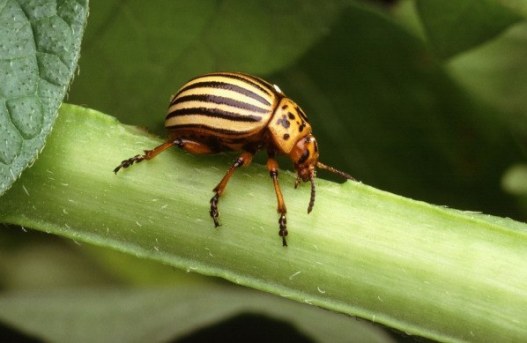
caterpillars on eggplant
Caterpillars (Helicoverpa spp., Spodoptera spp., Autographa gamma, etc.): We find some quite large perforations through which, sometimes, we can see the caterpillar gobbling up the aubergine. You can also see gnawing on leaves, flowers, fruits and tender shoots, usually with droppings and NO SLIME (it gives us the clue that it is not a snail or slug).
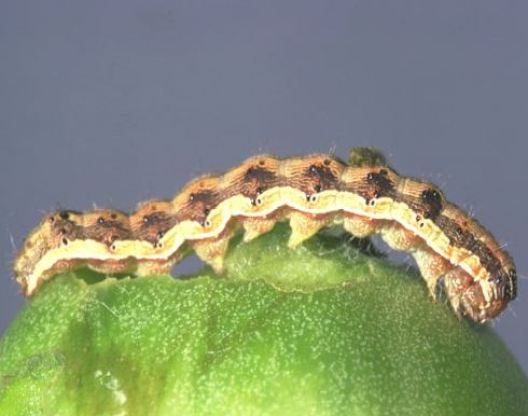
aphids
Aphids (Myzus persicae, Macrosiphum euphorbiae, Aulacorthum solani…): Aphids produce downward curling and wrinkling of leaves. In addition, you can see colonies of these small dark or greenish insects, especially in the tender shoots of the developing plant. Another clue is the presence of molasses (sugary and sticky substance) and ants around them defending them.
Whitefly on eggplant leaves
White fly (Trialeurodes vaporarium, Bermisia tabaci): We can see some white flies (which are not really flies) with a characteristic erratic flight when shaking the plant. Also, like aphids, they release honeydew. They are usually arranged on the underside of the leaves.
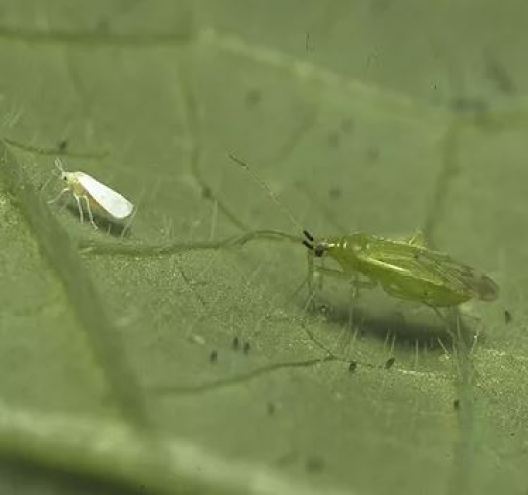
Red spider
Red spider (Tetranychus urticae): The red spider is a mite that leaves discolored leaves with small dots and silks. If it affects significantly, it can cause desiccation and defoliation of the plant.
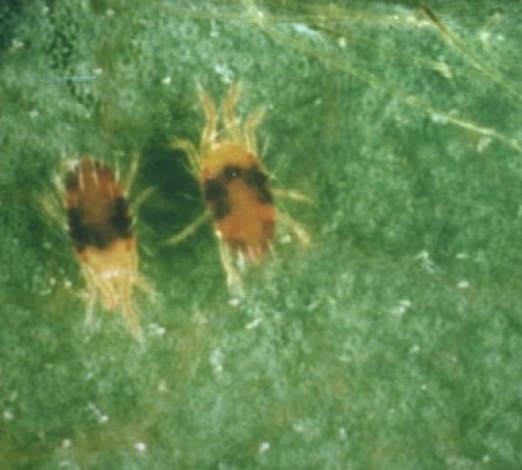
flower thrips
Flower thrips (Frankliniella occidentalis): Damaged plants have leaves with small, irregular silver spots, which correspond to lesions on the underside.
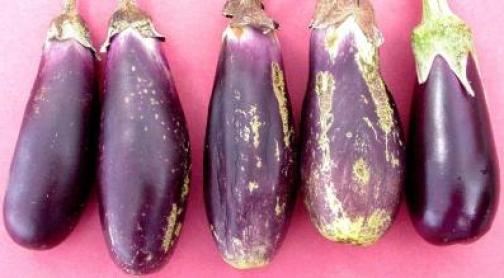
Eggplant Diseases
Eggplant downy mildew
Mildew (Phytophtora infestans): Initially, the leaves of the plant are shown with yellowish spots with an oily appearance that turn brown, with the center becoming necrotic. On the underside appears a fine white veil that corresponds to the spores. On the stem, we find elongated brown spots that are a symbol of necrosis and wilting in the plant. The crop takes on a burnt appearance. In the developing fruits, soft spots of brown appearance are observed, generally in the upper half.
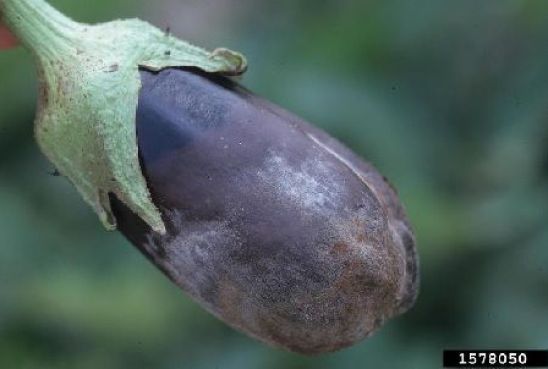
Alternaria or black potato
Alternariosis or potato black spot (Alternaria solana): On the lower leaves we find circular brown spots in concentric rings, limited by the main nerve. On stems and petioles the spots are black and well defined. In fruits, a depressed necrosis is produced and covered with a black mold.
verticillium wilt
Verticillium wilt (Verticillium dahliae): Produces an irregular asymmetrical yellowing of the lower leaves of the aubergine accompanied by wilting in the hot hours of the day. It may only occur in one part of the plant.
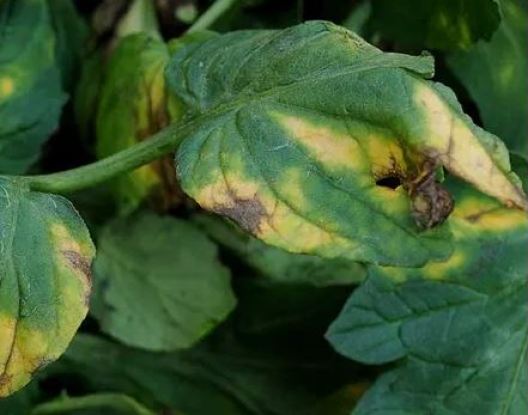
nematodes
Nematodes (Meloidogyne spp.): Plants infected by nematodes exhibit weak growth, wilting, chlorosis, and deformed and galled roots (nodules). Distribution in stands (plants forming more or less circular areas) or following irrigation lines.
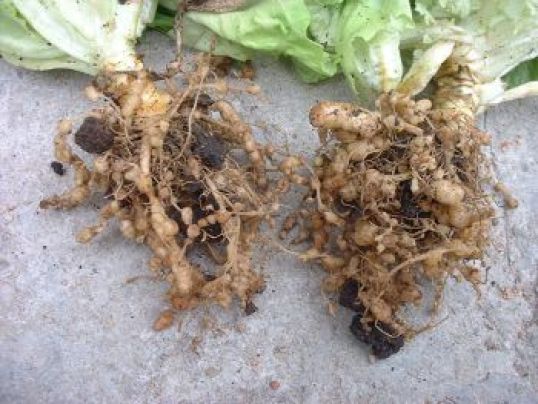
eggplant virus
Viruses: Mosaics in leaves, dwarfism, chlorotic (yellow) rings, curling and curling of leaves, fruit deformation with wavy spots or rings… Eggplant is susceptible to viruses such as TSWV (Tomato Spotted Wilt Virus), transmitted by thrips of flowers.
Common physiopathies in Eggplant
Physiopathies are diseases caused by abiotic factors, that is, there is no causal pathogen but it is caused by poor conditions in the environment such as deficiencies or excesses of nutrients, low or high temperatures, drought or poor management of irrigation or salinity, among others..
Ozone toxicity in plants
Ozone toxicity: Initially, irregular tan mottling appears on older leaves, between veins on the sun-exposed side. Sometimes, on leaves that are overlapping, the shaded part is healthy. Premature aging occurs in the affected leaves.
Fruit spinning
Fruit rowing: In eggplant, the plant has a large production of large leaves but the flowers are deformed and do not set to fruit or the fruits they produce are deformed and spongy.
References
- Li J, Liu X, Yang X, Li Y, Dexian C (2018).Proteomic analysis of the impacts of powdery mildew on wheat grain. Food Chemistry, 261, 30-35.
- Patriarca, A., Fernández, V. (2018) Alternaria. Reference Module in Food Science, Elsevier.
- Zhao, Z., Hui, C., Li, B. (2015).Effects of agricultural intensification on ability of natural enemies to control aphids. (April).
I hope it will help you to have an idea, at least, of the pests or diseases that may be spoiling your aubergine crop. I will try to talk about each of them as soon as possible so that you can remedy them. Until next time Agrohuerters!


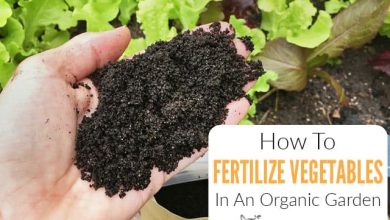
![Photo of Camellia cuttings: [Concept, Time, Rooting and Sowing]](https://www.complete-gardening.com/wp-content/uploads/2021/06/Como-debemos-tomar-los-esquejes-de-arboles-para-sembrarlos-390x220.jpg)
